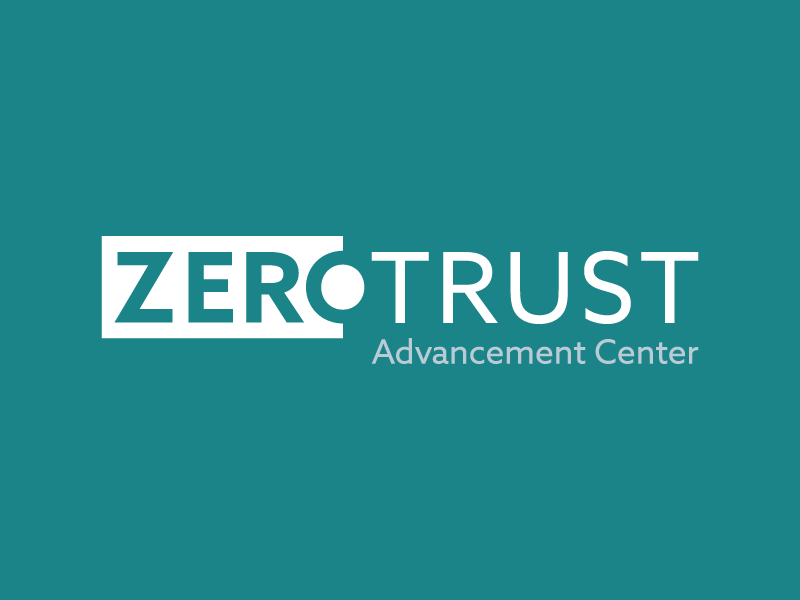Building an Effective User Identity Ecosystem Through Secure Digital Access
Blog Article Published: 11/17/2023
Written by Sanjay Karandikar, Director & Global Practice Head for IAM, Cybersecurity, HCLTech.
In today's rapidly evolving digital landscape, user identity and cybersecurity concepts have emerged as pivotal concerns. With the widespread adoption of cloud technology and the ever-expanding attack surface, organizations are tasked with establishing secure and efficient user identity ecosystems.
The Evolving Landscape of User Identity and Cybersecurity
Flexible work arrangements, including remote work and hybrid models, have become the new standard in the modern workplace. While these arrangements offer unprecedented flexibility, they also introduce security vulnerabilities when employees rely on Virtual Private Networks (VPNs) and isolated solutions. To fortify security in this new normal, adopting an identity-centric secure service edge solution is imperative.
Moreover, organizations embracing multi-cloud strategies often grapple with the daunting task of managing identities and permissions across a multitude of cloud services. In such a scenario, implementing the principle of least privilege access is crucial. This approach ensures that users and entities are granted only the minimum access required to perform their duties, minimizing the risk of unauthorized access.
A significant challenge that has arisen in recent times is the proliferation of non-human entities, such as software workloads. These entities also require secure identity management and access control. Failing to do so can leave organizations vulnerable to identity-based attacks, which have accounted for over 80% of data breaches. Modern enterprises can overcome these challenges by:
- Automating Identity Lifecycle Management: Automation ensures that identities are granted and revoked access in a timely manner, reducing the possibility of security lapses. It also streamlines compliance with regulations, which are increasingly stringent in the realm of cybersecurity.
- Securing Workload Identities: Securing workload and device identities is a critical component of IAM. To achieve this, organizations should enforce real-time adaptive policies that consider factors like location and risk. By detecting compromised identities promptly and containing threats, organizations can fortify their defenses against cyberattacks. Furthermore, simplifying the lifecycle management of workload identities, including secrets management and access reviews, ensures a well-protected digital ecosystem.
- Mitigating Cloud-era Breach Risks: In the era of cloud computing, a zero-trust security model has emerged as a fundamental approach to cybersecurity. This model entails verifying explicitly, practicing the principle of least privilege, and employing analytics for threat detection. Tight controls are established through dynamic authorization, often referred to as Policy-Based Access Control (PBAC), and adherence to interoperable security standards.
In addition to technical measures, imparting security awareness training to all employees is essential. An organization’s security is only as strong as its weakest link, and human error remains a significant factor in cybersecurity breaches.
The Unified Identity Solution Mindset
As organizations grapple with identity sprawl, shadow IT, and insider threats, they are increasingly turning to unified identity platforms. These platforms enable the management of all identities and access in a central location grounded in zero-trust principles. This approach provides visibility and control, helping organizations mitigate risks associated with shadow IT and shadow access.
Interoperability and adherence to industry standards are crucial when implementing unified identity solutions. Enforcing zero-trust principles is not only essential for security but also for compliance with regulatory requirements, which continue to evolve to address emerging cyber threats.
Shaping the Future of Identity and Access Management
As we look forward, the convergence of Artificial Intelligence (AI) and Machine Learning (ML) promises to usher in a new era of IAM. These technologies will enhance accuracy, efficiency, and the capacity to adapt to evolving threats. AI-driven behavior-based adaptive authentication and real-time threat detection will become increasingly precise and responsive.
The generative power of AI holds the potential to automate policy creation and navigate complex, dynamic situations with agility. The future of IAM is undoubtedly intertwined with harnessing AI and ML technologies to confront the ever-evolving spectrum of cyber threats proactively.
In conclusion, the journey toward building an effective user identity ecosystem through secure digital access is an ongoing endeavor. It requires the concerted efforts of organizations, cutting-edge Unified solutions, and the transformative power of AI and ML. The outcome is not only robust security for digital assets but also the shaping of a future where digital identities are safeguarded and access is not a vulnerability but a fortified gate. As stewards of this digital age, our collective engagement and discourse on IAM will chart the course for a safer, more resilient digital world. Together, we shape the future of identity and access management—a future where security is paramount and digital access is synonymous with peace of mind.
Related Resources



Trending This Week
#1 The 5 SOC 2 Trust Services Criteria Explained
#2 What You Need to Know About the Daixin Team Ransomware Group
#3 Mitigating Security Risks in Retrieval Augmented Generation (RAG) LLM Applications
#4 Cybersecurity 101: 10 Types of Cyber Attacks to Know
#5 Detecting and Mitigating NTLM Relay Attacks Targeting Microsoft Domain Controllers
Related Articles:
CPPA AI Rules Cast Wide Net for Automated Decisionmaking Regulation
Published: 04/26/2024
Upselling Cybersecurity: Why Baseline Security Features Shouldn’t Be a Commodity
Published: 04/24/2024
Secure Your Kubernetes Environment by Enforcing Least Privilege
Published: 04/24/2024






